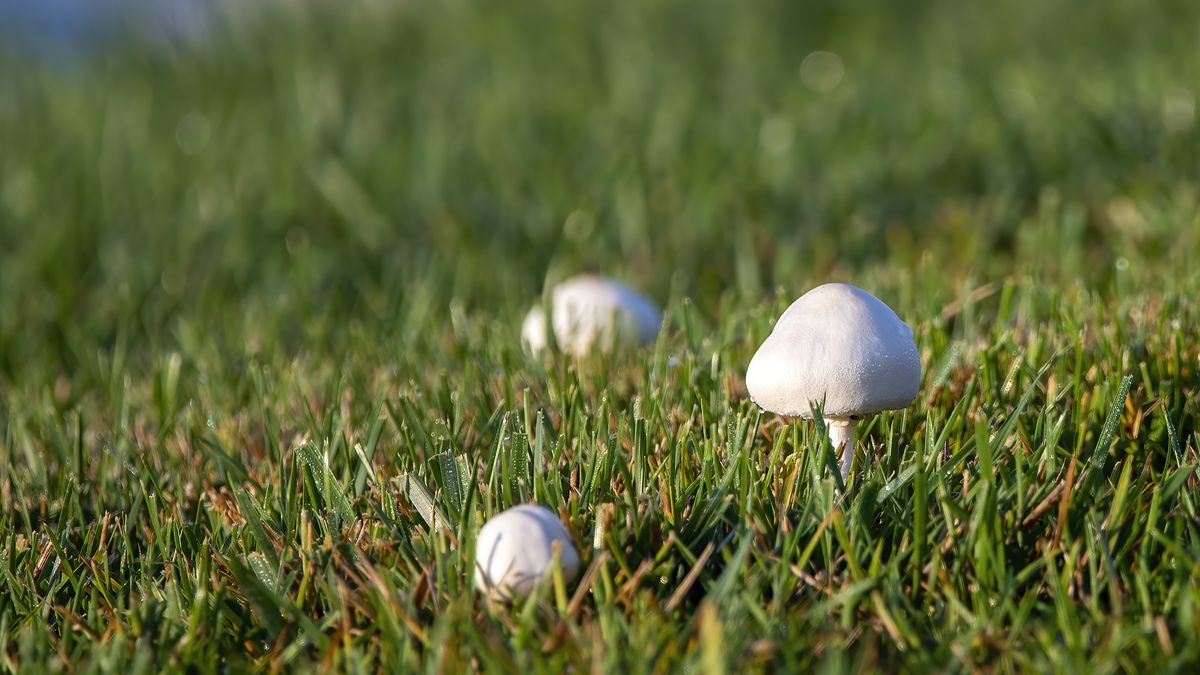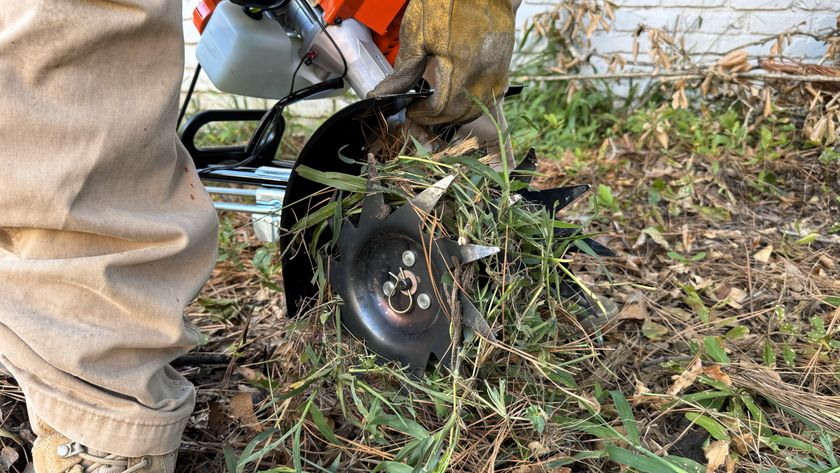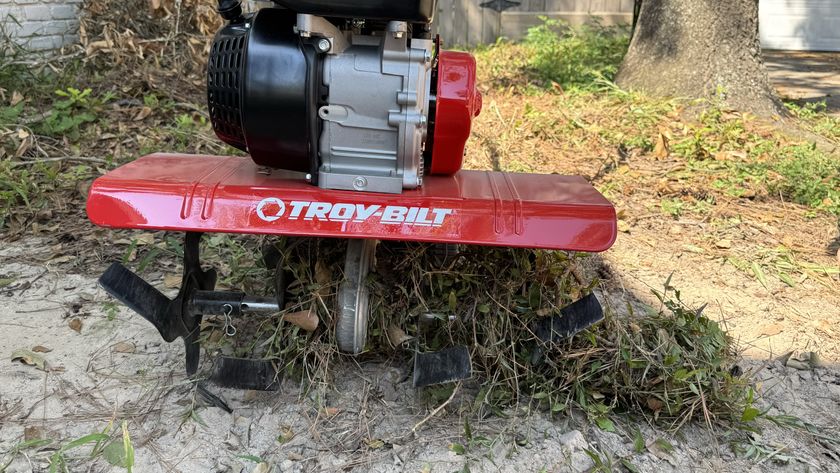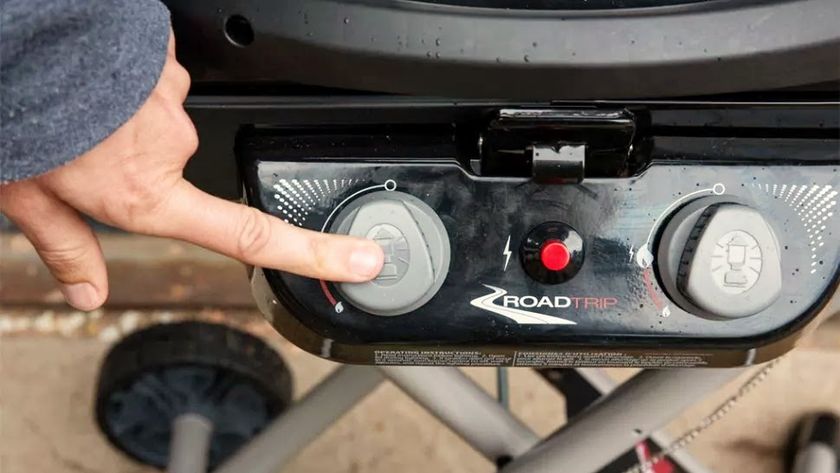A beautiful green lawn is what most gardeners dream of – and one of the keys to success is being able to spot the warning signs of lawn disease in grass at an early stage. Not only can lawn diseases make your backyard look awful, but if you don’t keep on top of your lawn’s health, you’ll spend more time trying to nurse it back to health rather than being out in your yard enjoying it!
Prevention is always better than cure, so learning how to stop lawn diseases before they take a hold is vital. Here, we’ll look at some of the most common lawn diseases, explain how to spot the signs of disease in grass and how to treat it should it be present in your backyard.
So, if you’ve never heard of Red Thread, Fairy Rings or Snow Mould, read on to find out how to spot these signs of disease in grass – and what to do about it!
There are other ways to look after your lawn – and regular mowing is one of them. If you’re looking for a new mower to tackle your grass, read our guide to the best gas lawn mowers and the best electric lawn mowers.
Signs of lawn disease
Fiona Jenkins, gardening expert for MyJobQuote says, “Some types of lawn diseases will only affect the blade and crown of the grass while the root area remains unaffected. In these cases, the lawn can usually recover quite well with the right kind of maintenance."
Knowing your enemy is key when you spot signs of lawn disease in your garden! So it’s good to know whether that brown patch of grass is a sign of disease, or just the spot that your pooch uses as a toilet!
Here are the most common diseases found in lawns, with handy examples pulled from Instagram to help you identify them…
Red Thread
You should be able to identify Red Thread in your lawn in its early stages as you will see a small type of pink fungus forming on the leaf. This then causes the leaf to become bleached in colour during the later stages of the disease. Red Thread can affect small or large areas of the lawn and can also appear at any time of the year.
Thankfully, Red Thread doesn’t usually kill the grass roots so is not too serious - it can just look unsightly. Red Thread usually disappears naturally without you having to do too much about it - just be prepared for your lawn to look worse for a few weeks.
Snow Mould and Fusarium
Snow mould and fusarium are similar - but snow mould forms quite quickly under a blanket of snow. You’ll only notice the damage once the snow has melted, and at this stage, it's usually too late to treat. You will have to re-seed or re-turf any areas that don’t recover.
Look out for fusarium in late autumn and be aware that it can continue to be an issue through the spring.
Signs to look for are patches of yellow-brown grass, which may develop a white mould that looks like spider webs. The mould may also be pink.
Fairy Rings
Although they sound delightful, fairy rings are actually a kind of fungus that forms in the soil. They can often be caused by decaying organic matter in the soil - old tree roots, for example. You will see toadstools appearing at certain times of the year in incomplete and complete circles, and you will also spot a darker green ring of grass.
Brown Patch
Brown Patch is caused when the soil under the lawn becomes hydrophobic (repels water). If this happens you will notice some patches of the lawn start to dry out and turn brown, because the soil underneath is unable to absorb enough moisture. This then prevents the grass from being able to grow healthily. It most often occurs during longer periods of heat and humidity.
Signs of brown patch include a yellowing lawn, and brown patches that are roughly circular but quite irregular. The patches can be a few inches in diameter or several feet wide!
What to do for a lawn disease
Fiona Jenkins, gardening expert for MyJobQuote explains how to tackle these diseases in grass:
"If you're looking to prevent or stop these common lawn diseases, this is what I'd recommend:
Red thread: Modern fungicides can stop the disease from spreading and will protect the grass from being attacked for short periods of time. Nutrient control, regular aeration, and soil improvement can help to protect your grass in the long term.
Snow Mould and Fusarium: Controlling these issues with a fungicide can be quite difficult unless you manage to diagnose the problems during the early stages. Dead patches of grass from these diseases can be repaired with new seeding or turfing.
Fairy Rings: If you think you have fairy rings in your garden, these can be treated with wetting agents and fungicides. However, this isn’t always very effective. The only alternative to this is excavating the area and removing the affected soil and then replacing that with new soil and re-seeding or re-turfing.
Brown Patch: The best way to resolve these issues is to dig up the soil from the affected areas and replace it with new soil. Then, simply reseed or re-turf those areas.

If you believe your lawn is affected by one of these types of diseases, take the following steps:
Step 1:
Rake out the dead or damaged parts with a rake or scarifier
Step 2:
Spike these areas to a depth of around 3-6 inches to help relieve some of the compaction
Step 3:
Apply the relevant lawn seed at the recommended amount
Step 4:
Spread over the area with a thin layer of top dressing to help protect the seeds
Step 4:
Keep the area well-watered until the seeds have germinated.’’
Discover more guides for the garden…
Best robot lawn mowers
Best riding lawn mowers
Best electric weed eaters












